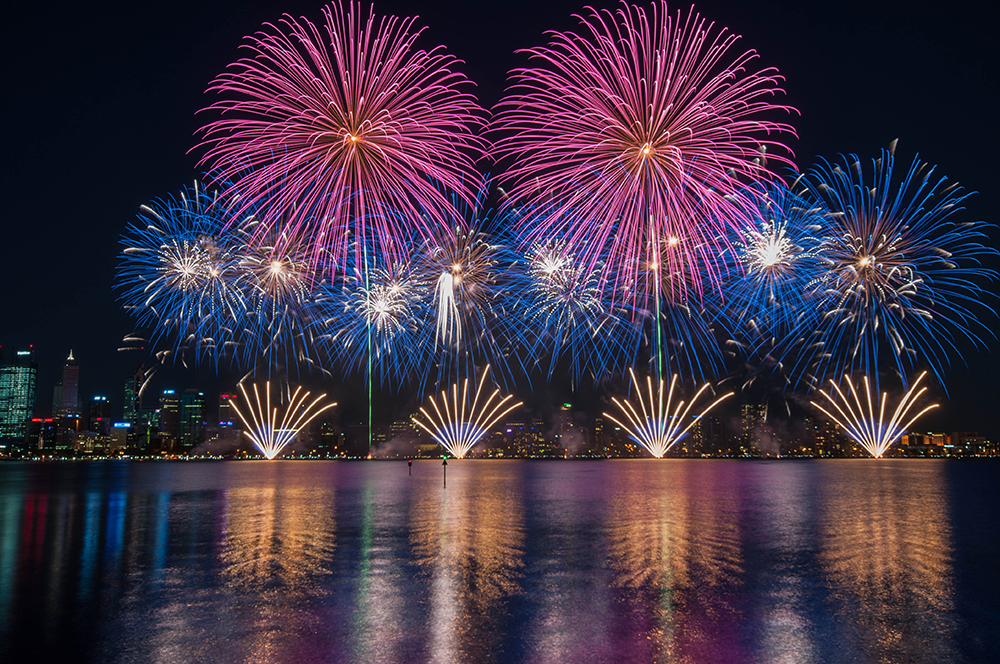Fireworks Photography: Capturing the Magic of Light and Color
In the realm of urban exploration, there are few spectacles as captivating as a fireworks display. The explosion of light and color against the darkened sky evokes a sense of wonder and magic. As an aspiring photographer, capturing these fleeting moments can be a rewarding challenge. In this article, we will delve into the art and techniques of fireworks photography.
Before diving into the technical aspects, it is crucial to understand that preparation is key when photographing fireworks. Researching the location and timing of displays in advance allows for optimal positioning and framing opportunities. Arriving early at your chosen vantage point ensures you secure a prime spot with unobstructed views.
When it comes to equipment, having the right gear is essential for successful fireworks photography. A sturdy tripod is indispensable to keep your camera steady during long exposures. Additionally, using a remote shutter release or setting a self-timer prevents any unwanted movement caused by pressing down on the camera’s shutter button.
One fundamental technique in capturing fireworks is using long exposure settings on your camera. By selecting bulb mode or setting slow shutter speeds (typically between 2-10 seconds), you allow enough time for multiple bursts to paint themselves across your frame. Experimentation with different exposure times will lead to varying results, so don’t be afraid to play around.
Another crucial aspect to consider is aperture selection. Opting for smaller apertures (higher f-numbers) such as f/8 or beyond helps achieve greater depth-of-field, ensuring both foreground elements and distant explosions remain sharp in focus simultaneously.
The final piece of this puzzle lies in ISO control – finding that delicate balance between minimizing noise while still maintaining enough sensitivity to capture vibrant colors from bursting pyrotechnics. Starting with an ISO value around 100-200 provides a good starting point but feel free to adjust accordingly based on lighting conditions.
Composition plays an integral role in creating visually striking fireworks photographs. When framing your shot, consider incorporating elements of the surrounding environment to give context and depth. Buildings, bridges, or silhouettes of onlookers can add a sense of scale and atmosphere to your images.
As with any form of photography, experimentation is key. Play around with different angles, focal lengths, and compositions to discover what works best for you. Don’t be afraid to break the rules – capturing unique perspectives or experimenting with intentional camera movement can lead to captivating results.
In post-processing, you have the opportunity to enhance the magic captured during the fireworks display. Adjustments such as boosting contrast and saturation can help bring out vibrant colors while ensuring that details are not lost in darkness. However, it is important to strike a balance between enhancing your image’s impact and maintaining its natural essence.
Photographing fireworks requires patience, practice, and persistence. It may take several attempts before achieving that perfect shot where light trails dance across the sky harmoniously. But when you do capture those moments of brilliance frozen in time forever on your camera’s sensor, all efforts will be worth it.
So next time you find yourself at an urban exploration adventure near a scheduled fireworks display, remember these techniques and embark on an enchanting journey into the world of fireworks photography – capturing fleeting moments that ignite our imagination and leave us awestruck by their beauty.

Leave a comment